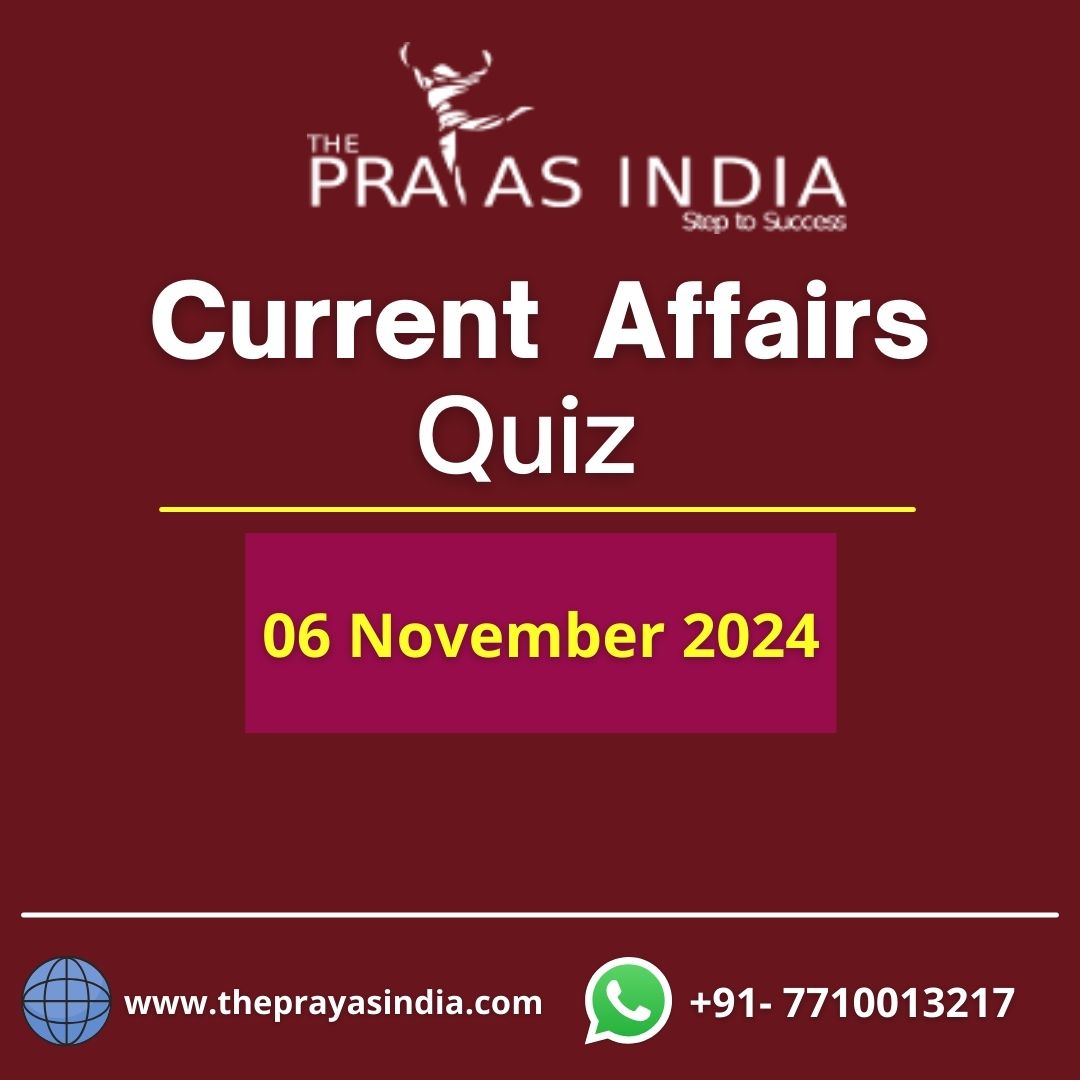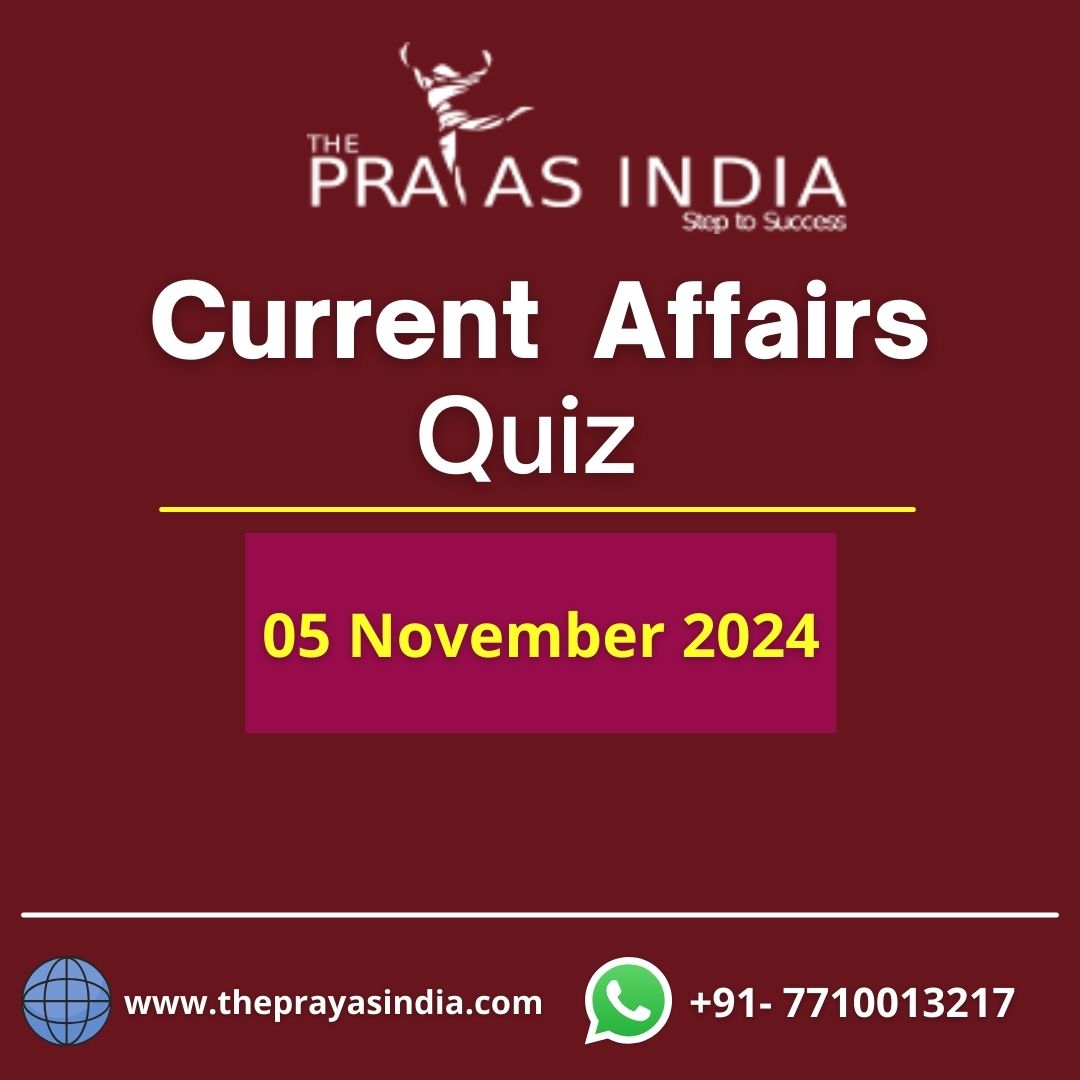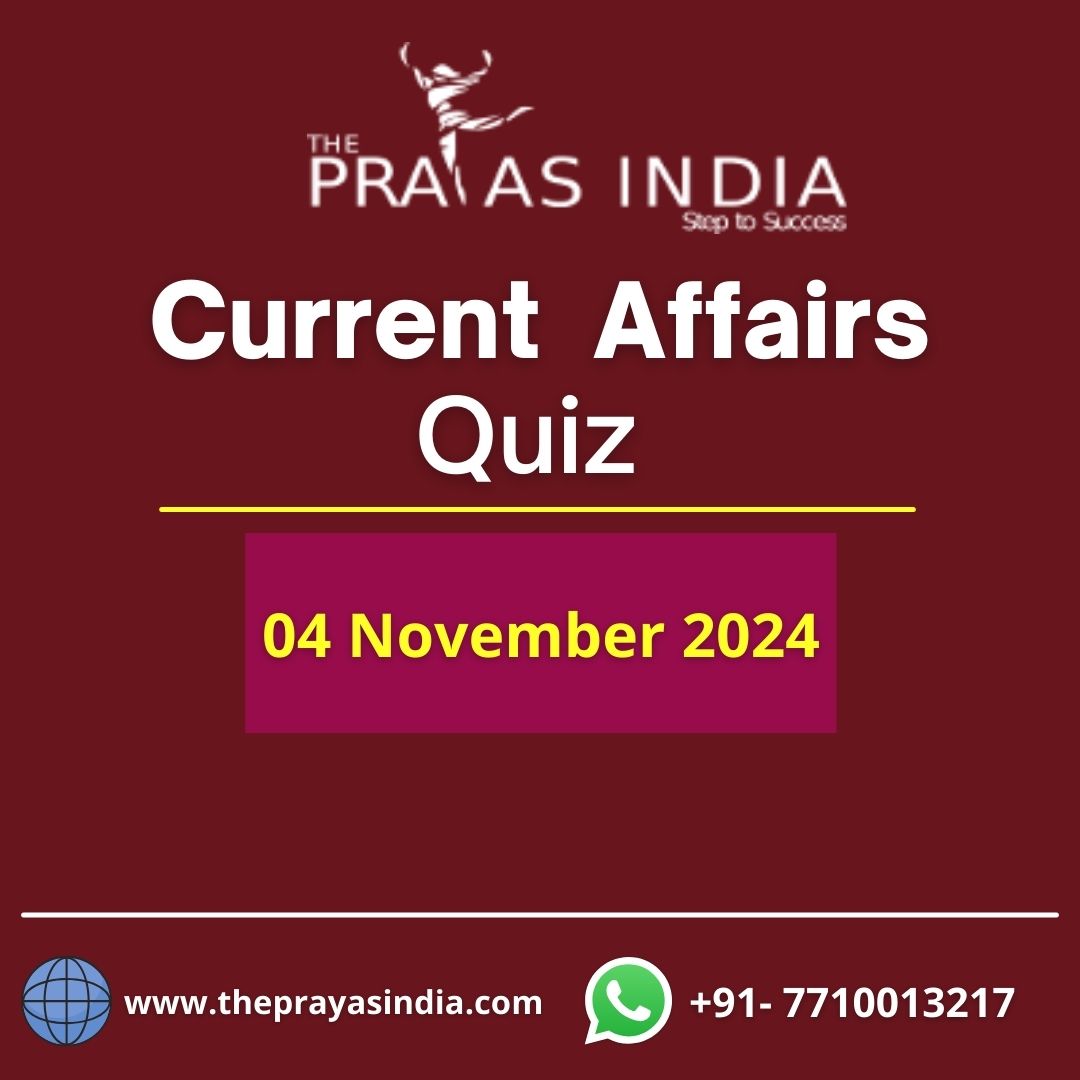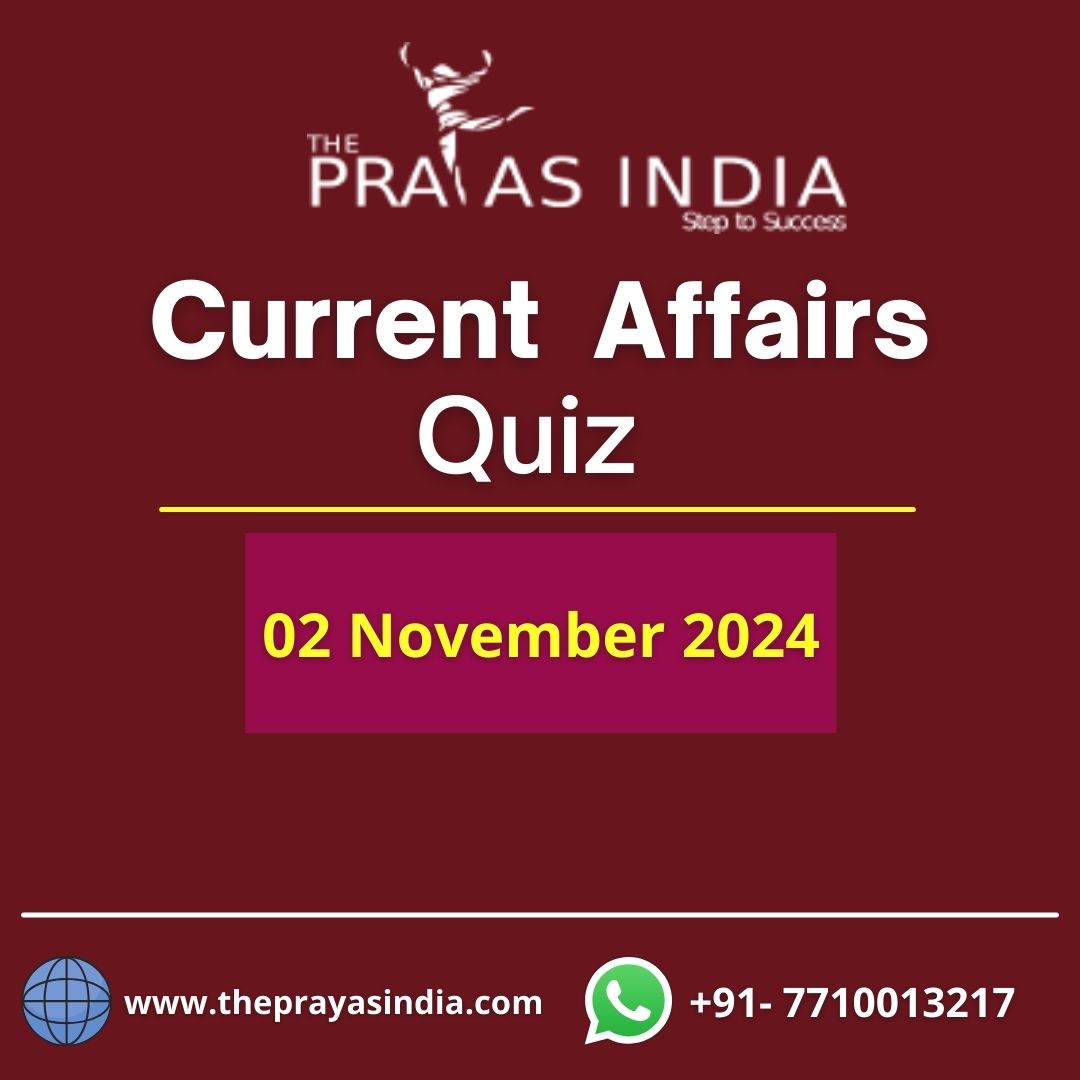Q1. What is Nudge Theory?
(a) Nudge Theory is a concept from economics that promotes government intervention in all aspects of the economy.
(b) Nudge Theory is a psychological theory that suggests people can be influenced to make better choices through subtle and indirect prompts.
(c) Nudge Theory is a political ideology advocating for minimal government involvement in citizens’ lives.
(d) Nudge Theory is a marketing strategy that relies on aggressive advertising to persuade consumers.
Ans: (b)
Explanation:
- Nudge theory, developed by economist Richard Thaler, underlies this concept. It involves placing small stimuli to encourage decisions that benefit individuals in the long term.
- , In governance, nudge policies are used in programmes such as the Swachh Bharat Mission, GiveItUp campaign, and Beti Bachao Beti Padhao (BBBP), etc.
What is Persuasion?
- Persuasion is the act of influencing someone’s beliefs, attitudes, or behaviours through communication and reasoning. It involves presenting information in a compelling manner to convince or motivate individuals to adopt a particular viewpoint.
- It often relies on effective communication, empathy, credibility, and the use of persuasive techniques to achieve its objectives.
- Green Nudges use persuasion techniques such as public awareness campaigns, social norms marketing, and community-based initiatives to encourage environmentally friendly choices.
Q2. Consider the following statements about Bureau of Indian Standards:
- It is the National Standards Body of India.
- It works under the aegis of the Ministry of Commerce and Industry.
- It also works as WTO-Agreement on Technical Barriers to Trade (TBT) enquiry point for India.
How many of the statements given above is/are correct?
(a) Only one
(b) Only two
(c) All three
(d) None
Ans: (b)
Explanation:
- The Bureau of Indian Standards is the National Standards Body of India under the Department of Consumer Affairs, Ministry of Consumer Affairs, Food & Public Distribution. It was established by the Bureau of Indian Standards Act, 2016 which came into effect on 12 October 2017.
- It also works as WTO-Agreement on Technical Barriers to Trade (TBT) enquiry point for India.
Q3. Consider the following statements:
- Paryushan Parv is a significant festival in Jainism.
- It is observed by both Digambara and Shwetambar communities.
Which of the statements given above is/are correct?
(a) 1 only
(b) 2 only
(c) Both 1 and 2
(d) Neither 1 nor 2
Ans: (c)
Explanation:
- Context: Paryushan Parv is a significant festival in Jainism, observed by both Digambara and Shwetambar communities.
- It is a time for deep reflection, repentance, and redemption for Jains.
Q4. Consider the following statements with reference to Jaina sects:
- The Svetambara tradition of Jainism traces their lineage through Sthulabhadra.
- As per the Digambara sect of Jainism, Bhadrabahu was the last Shruta Kevalin.
Which of the above statements is/are incorrect?
(a) 1 only
(b) 2 only
(c) Both 1 and 2
(d) Neither 1 nor 2
Ans: (d)
Explanation:
- Sthulabhadra was the founder of Svetambara Jain order during a 12-year famine in Maurya empire in third or fourth-century BC.
- According to the Digambara sect of Jainism, there were five Shruta Kevalins in Jainism – Govarddhana Mahamuni, Vishnu, Nandimitra, Aparajita and Bhadrabahu.
- Shrutakevalin is a term used in Jainism for those ascetics who have complete knowledge of Jain Agama (texts).
Q5. The concept of Anuvrata was advocated by:
(a) Jainism
(b) Mahayana Buddhism
(c) Lokayata School
(d) Hinayana Buddhism
Ans: (a)
Explanation:
- In Jainism, ahimsa is the standard by which all actions are judged. For a householder observing the small vows (anuvrata), the practice of ahimsa requires that one not kill any animal life.




